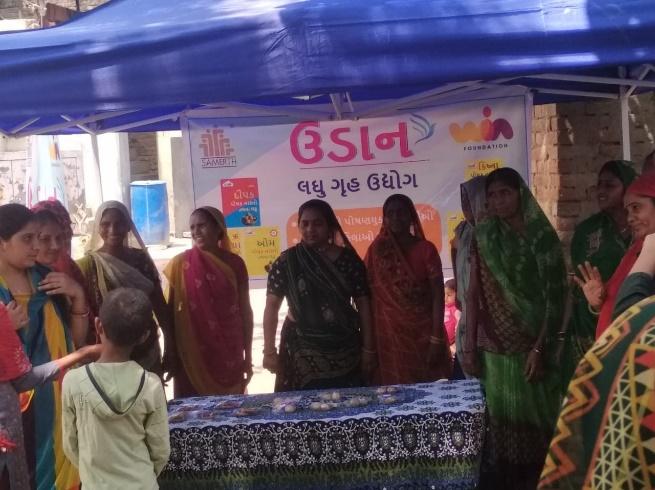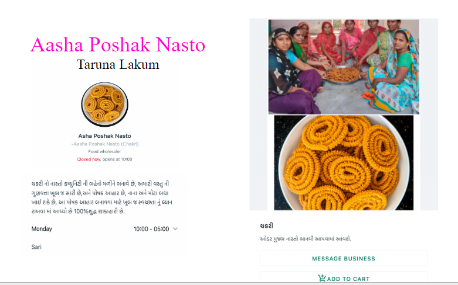Rainwater harvesting – Science in action
Rainwater harvesting has been in existence for thousands of years. It is a very intuitive and actionable idea. Still, there is complex science behind rainwater harvesting and groundwater management, including rainfall patterns, climate variability, hydrogeology and the impact of human activities on hydrogeology. However, at the same time, we can look at this knowledge with a lens that can be applied at a small and decentralized scale for practical application. It is with this thought that this article has been written.
Introduction
The water supply situation today is very different from 100, 50, or even 25 years ago. India faces challenges of water stress, constituting 16% of the world population but only 4% of the freshwater resources.
With rapid urbanization, cities/towns rely heavily on the cost-intensive long-distance water supplies to meet the widening water demand-supply gap including overexploitation of in-situ groundwater resources while dealing with declining infrastructures. Furthermore, urbanization disrupts the natural hydrological cycle as there is a reduction in infiltration and groundwater recharge due to the existence of large impervious areas, removal of shallow aquifer to build multiple basements, thus urban areas face the twin problems of floods during monsoon and shortage of freshwater during non-monsoon months.
India has had a rich tradition of community-based water harvesting. Each region has a different structure for harvesting rain, from Eris in the southern plains of Andhra Pradesh, Karnataka, and Tamilnadu to Jhalaras, kunds and step wells in Thar regions of Gujarat and Rajasthan, Kuls in western Himalaya, Ahar Pynes and Baolis of the Indo-Gangetic Plains, Zabo, and Virdas in Northeast regions. This long history of water structures has long been forgotten and has been dumped with garbage or closed off. However, there is a need to reimagine rainwater harvesting, groundwater, open wells, and their relevance in contemporary times.
The solution, therefore, lies in decentralized rainwater harvesting, which is increasingly being turned to as it offers an alternative, affordable, reliable, and sustainable water source in the face of increasing water shortages. Rainwater harvesting can be done using two methods: storing water for direct use or recharging groundwater.
Know your rainfall
Rainfall statistics for the areas is of paramount importance to understanding rainwater harvesting norms. Information on average annual rainfall quantity, distribution across months and rainfall intensity is crucial. Rainfall quantity will decide the potential for rainwater harvesting from any surface i.e., a product of total rainfall and the surface area of collection
Weather Monitoring Stations & Telemetric Rain Gauges
With the concept of “Measure to Manage”, Karnataka State Natural Disaster Monitoring Centre (KSNDMC) has installed 930 weather monitoring stations at Hobli level which captures the 4 major parameters – Temperature, Relative Humidity, Wind Direction, and Wind Speed, and 6500 telemetric rain gauges for monitoring rainfall data. The weather forecasts are made by ISRO and with the Ground level data provided by KSNDMC to ISRO every day, it is possible to get more accurate and reliable predictions.
The near-real-time data collection, report generation, and dissemination have been helping the State Government in planning and executing disaster management and mitigation plans at the micro-level.
Know your geology
Geology plays an important role in the occurrence of water within a watershed. Water availability is governed by the rock types occurring both at the surface and within the subsurface and the extent of weathering and fracturing of the rocks. India has highly diversified hydrogeologic characteristics. There are six extensively documented groundwater typologies across India i.e. mountain systems, alluvial (unconsolidated) systems, sedimentary (soft) systems, sedimentary (hard) systems, volcanic systems, and crystalline (basement) systems (CGWB ). Based on local geology, one can understand the best recharge strategy and the most appropriate recharge tool/structure for the context.
Storing rooftop rainwater for domestic use
When rainwater is a supplemental or primary source of water for domestic use, then designing for storage is essential. Rainwater harvesting systems will have the following 5 basic components: Catchment area including building roofs and paved areas, Gutters, Downtake pipes, Filters, First flush devices, Storage tanks/ponds and Delivery systems till the point of end-use.
Calculating storage size depends on rainfall pattern, rainfall intensity, catchment area, the total volume of daily usage, budget, and space availability. Ideally, in areas where there is severe water scarcity, there may be a need to harvest and store all the rainwater, but this may be inefficient and therefore can be decided based on the consumption needs. For instance, if 1000mm of rain is falling on a 100sqm catchment, for which you would need 10 lakh litre storage, but this is inefficient. Therefore, an optimal size of a storage tank can be arrived at based on the calculation of daily water consumption, which can be correlated with the total harvestable rainfall. If rainwater is immediately used after collection, more water can be harvested annually for a relatively smaller storage size.
The stored water should have a point-of-use treatment before end-use. For example, appropriate measures should be taken to ensure it meets the drinking water quality standards if it is to be used for drinking purposes.
Integrating rainwater into groundwater management
Groundwater is far more significant in the water-supply of cities and towns but is widely not appreciated, as it is an ‘invisible resource’ connecting various urban infrastructures. Unaccounted groundwater in urban areas exceeds 50% in 28 Indian cities (CGWB, 2011). While some legislation exists that directly or indirectly seeks to help manage groundwater, the enforcement has been weak and a very big barrier. Given the nature of groundwater development and use, for it to reach a scale that can have an impact for the city as a whole, all users and stakeholders need to become part of the solution and make groundwater a community resource.
Outlined below are a series of things to know about the same:
Groundwater recharge
The percolation of excess rainwater through an infiltration system to the subsurface is called ‘Artificial Groundwater Recharge’. The runoff water collected from rooftops and surface water can artificially recharge and augment the depleting groundwater resources, especially in the urban areas, where the natural recharge has diminished considerably. As a thumb rule, it is important to understand the water resources within the city and at what depths these are found, which can then be taken as a baseline to understand the best recharge strategies.
There are different types of recharge structures – a) Recharge pits; b) Recharge trenches; c) Recharge through dry or operational dug wells; d) Recharge through abandoned/existing tube wells; and e) Recharge wells, etc.
Recharge rate tests
A recharge rate test is conducted to assess the recharge rate of an aquifer i.e. to see how quickly water percolates into the ground. In this test, a known quantity of water is pumped into the well/s being tested, and the time taken for it to percolate into the ground is recorded. Measurements are taken of the depth of the water every minute for the first 10 minutes, then after 15 minutes, 30 minutes, one hour, two hours, and so on. From these measurements, the recharge rate of the well/s can be calculated, which helps us understand the recharge rate of the shallow aquifer in that particular area. The more wells that are tested in an area, the better our understanding of that aquifer.
Million recharge wells for Bengaluru
Biome is campaigning “A million recharge wells”: Reviving our responsibility for groundwater. The initiative aims at striking a balance between groundwater extracted and recharged, by digging 10 lakh (1 million) recharge wells across Bengaluru City. The explicit objective of the intervention is to increase the groundwater table in the city while providing livelihoods to the local community of traditional well-diggers (called Mannu Vaddars) in Karnataka. The implicit objective is to build a water culture in the city, where people value water availability, water structures, and also take responsibility for managing groundwater collectively.
A recharge well is basically a hole in the ground into which the rainwater runoff can be directed, such that it percolates into the ground, augmenting the water table. The recharge well can be a powerful tool and symbol for reviving our relationship with groundwater as it reconnects us to our open well heritage; it reminds us that unless we fill our aquifers up, we will not be able to extract; and that we cannot extract limitlessly. It also teaches us that groundwater is not anyone’s private property, but a common pool resource. |
Mapping the aquifers underneath our city through participatory approaches
A city or town should be aligned to all sources of knowledge – often this information does not only come from formal institutions such as hydrogeologists, civil engineering departments, water managing authorities, etc but also from the residents, traditional well-diggers, borewell diggers, etc, who also have an understanding of the local aquifer and geology. Therefore, evolving a participatory approach towards groundwater mapping, with participation from institutions, schools, etc who can help with mapping is useful.
As a result of this, the recharge of aquifers is managed bottom-up, with each citizen also taking responsibility for managing groundwater, either by documenting it or by digging a recharge well. People also begin to understand that they might not directly benefit from recharge wells, but if everyone recharges, the entire community benefits.
Outreach and communication
To promote RWH in the city, creating awareness regarding the importance of rainwater harvesting, both for immediate uses and also for sustaining the water table in the long run, is essential. There is a need to shift the initiative from institutional endeavors and make it into a mass movement. There has to be an investment in communicating the city’s problems, the existence of laws and legislations and how the law attempts to address this problem, and therefore the role of citizens to implement the law and be part of the solution.
As awareness of the issue increases, more people begin to understand the ecological flows that surround us, and what they can do to protect these systems. It also inculcates a feeling of giving back and emphasizes the importance of doing so.
[1] http://www.ide-india.org/content/water-india-facts
12] http://www.rainwaterharvesting.org/rural/Traditional3.htm#apat
[3] http://cgwb.gov.in/documents/papers/incidpapers/Paper%201-B.M.Jha.pdf
www.urbanwaters.in
Community platforms that demonstrate RWH are useful for understanding the overall scenario. www.Urbanwaters.in web space seeks to inform, guide and provide any and all resources to all of us to make us water literate, solve our individual or community water problems and act responsibly by taking care of our common urban water resources. It seeks to help make us a part of the solution rather than being a part of the problem. |
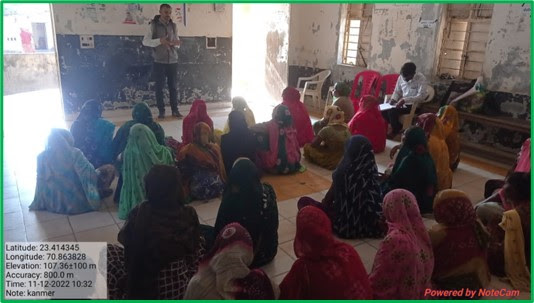
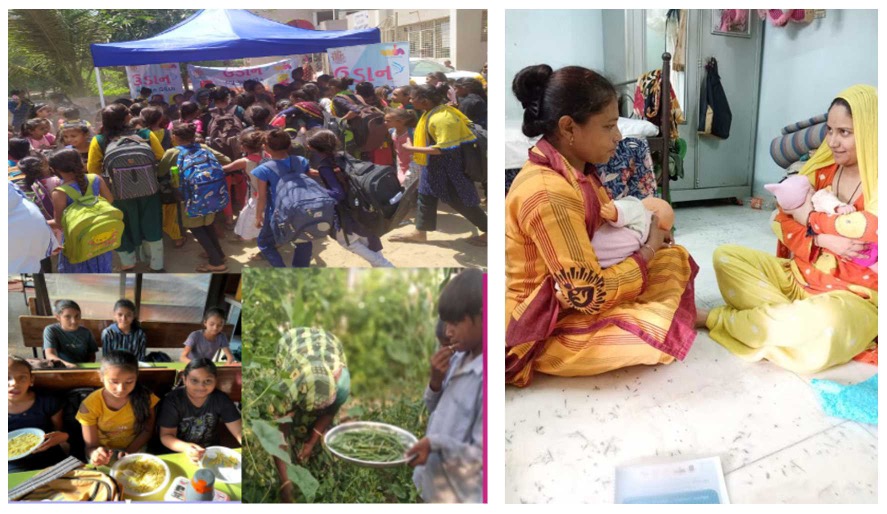
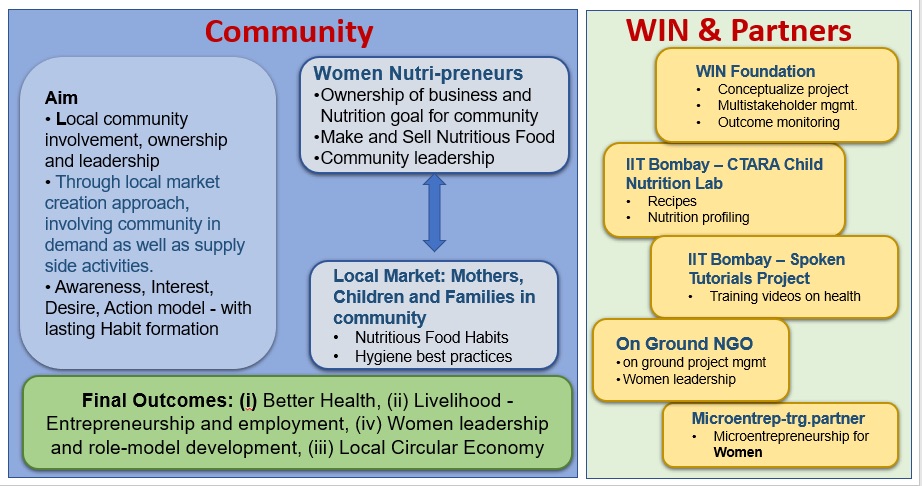

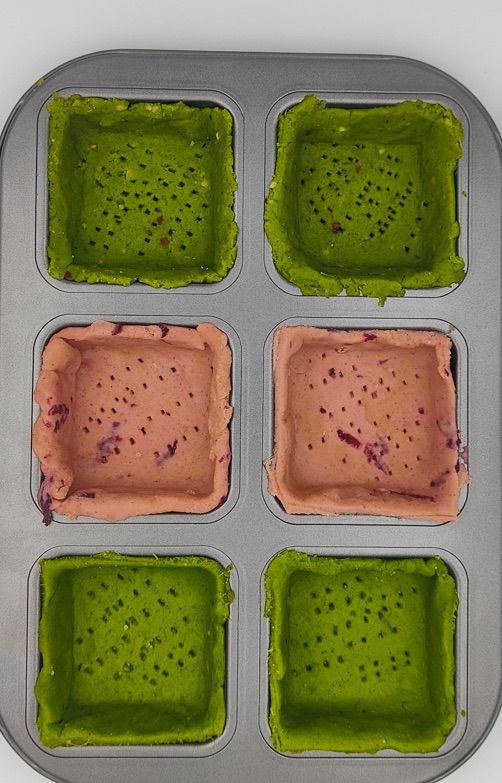 The distribution of undernourishment is heterogeneous across the country. Interestingly, while the prevalence of stunting and underweight in children has decreased over the past 5 years, the total number of anaemic individuals has increased. These trends could be attributed to macro- and micronutrient intake with fewer than 1/3rd of all women consuming adequate amounts of both. Consumption of macronutrients in the form of carbohydrates and proteins is consistently below the recommended dietary allowance (RDA) levels prescribed by the Indian Council for Medical Research (ICMR). The household consumption of micronutrients in the form of vitamins and minerals such as iron ranges from inadequate to severely deficient. Iron deficiency is associated with the majority of anaemia prevalent in India. A mind-boggling 67% of children in 2019-21 had varying degrees of anaemia, an increase of 8% from 2015-16.
The distribution of undernourishment is heterogeneous across the country. Interestingly, while the prevalence of stunting and underweight in children has decreased over the past 5 years, the total number of anaemic individuals has increased. These trends could be attributed to macro- and micronutrient intake with fewer than 1/3rd of all women consuming adequate amounts of both. Consumption of macronutrients in the form of carbohydrates and proteins is consistently below the recommended dietary allowance (RDA) levels prescribed by the Indian Council for Medical Research (ICMR). The household consumption of micronutrients in the form of vitamins and minerals such as iron ranges from inadequate to severely deficient. Iron deficiency is associated with the majority of anaemia prevalent in India. A mind-boggling 67% of children in 2019-21 had varying degrees of anaemia, an increase of 8% from 2015-16. Over the past two decades, codification of food safety norms in the country and alignment with global standards such as in labelling of packaged foods have gradually improved consumer confidence. One example of enlightened food manufacturing is the fortification of packaged grains, cereals and oils with micronutrients such as vitamins and minerals. Further, the Indian government has announced that all rice distributed under public food security schemes will be fortified with iron and folic acid by 2024. In spite of these positive developments, two key aspects of food entrepreneurship and manufacturing need to be rejuvenated.
Over the past two decades, codification of food safety norms in the country and alignment with global standards such as in labelling of packaged foods have gradually improved consumer confidence. One example of enlightened food manufacturing is the fortification of packaged grains, cereals and oils with micronutrients such as vitamins and minerals. Further, the Indian government has announced that all rice distributed under public food security schemes will be fortified with iron and folic acid by 2024. In spite of these positive developments, two key aspects of food entrepreneurship and manufacturing need to be rejuvenated.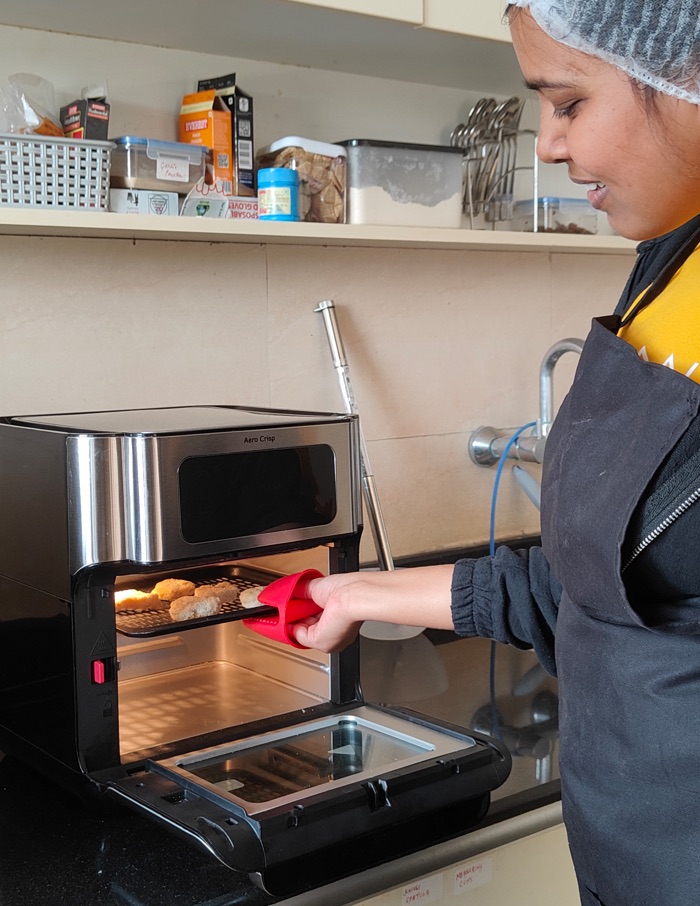 Large numbers of women in such socio-cultural contexts manage the food habits of their entire family. Training women microentrepreneurs in the art of assimilating scientific inputs is likely to amplify good health practices in their immediate families. Second, entrepreneurial efforts emerging from economically affluent sections need to be inclusive of customers from across all economic backgrounds. It is not uncommon to see a child of migrant labourers living significantly below poverty line eating a bag of purchased branded potato chips. If this kid can be happier, eating a similarly purchased bag of ‘health food’ with suitable amounts of protein and iron, it would signal a successful convergence of food safety and nutrition. Both of the above aspects require deep and pro-active engagement of food scientists and professionals. These could be further facilitated by academic and research institutions that identify challenges faced by the entrepreneurs as possibilities for collaborative problem-solving.
Large numbers of women in such socio-cultural contexts manage the food habits of their entire family. Training women microentrepreneurs in the art of assimilating scientific inputs is likely to amplify good health practices in their immediate families. Second, entrepreneurial efforts emerging from economically affluent sections need to be inclusive of customers from across all economic backgrounds. It is not uncommon to see a child of migrant labourers living significantly below poverty line eating a bag of purchased branded potato chips. If this kid can be happier, eating a similarly purchased bag of ‘health food’ with suitable amounts of protein and iron, it would signal a successful convergence of food safety and nutrition. Both of the above aspects require deep and pro-active engagement of food scientists and professionals. These could be further facilitated by academic and research institutions that identify challenges faced by the entrepreneurs as possibilities for collaborative problem-solving.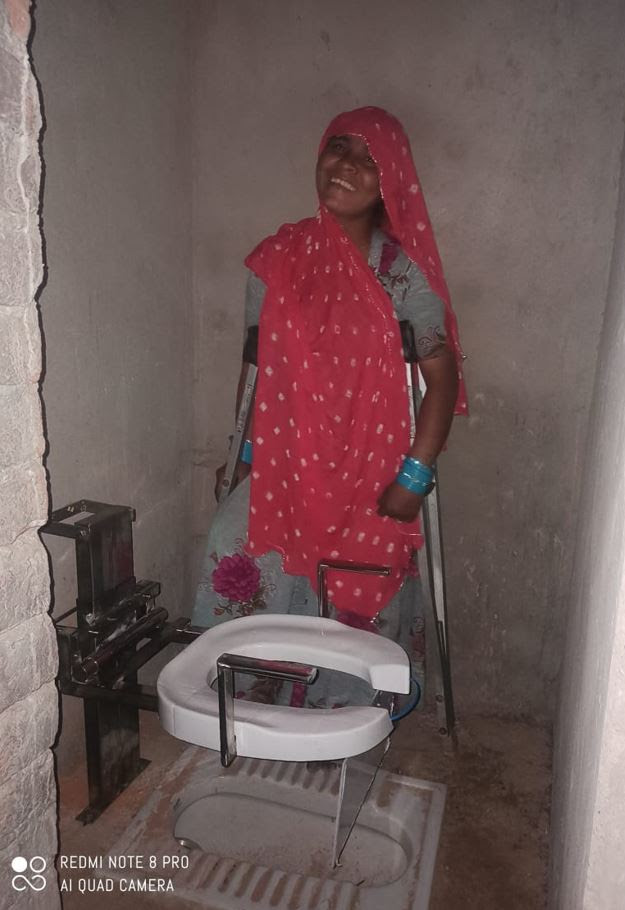
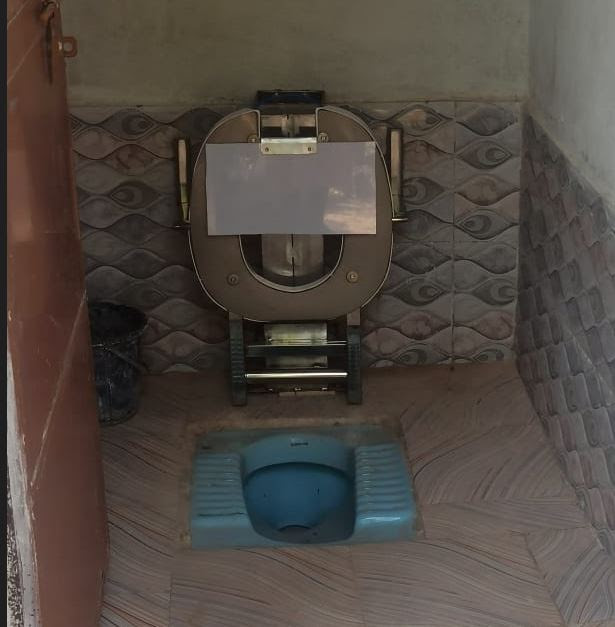
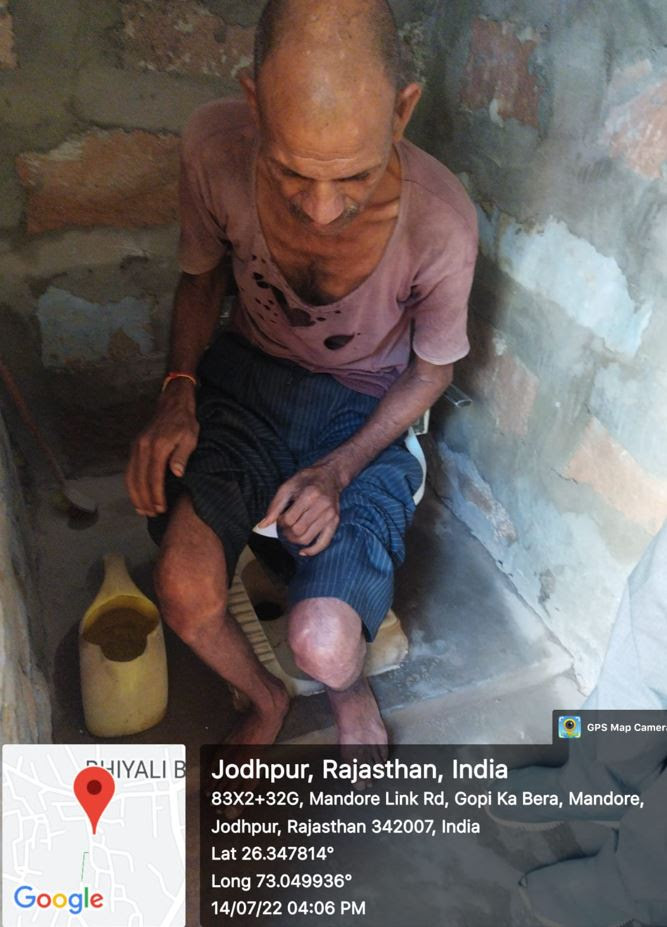
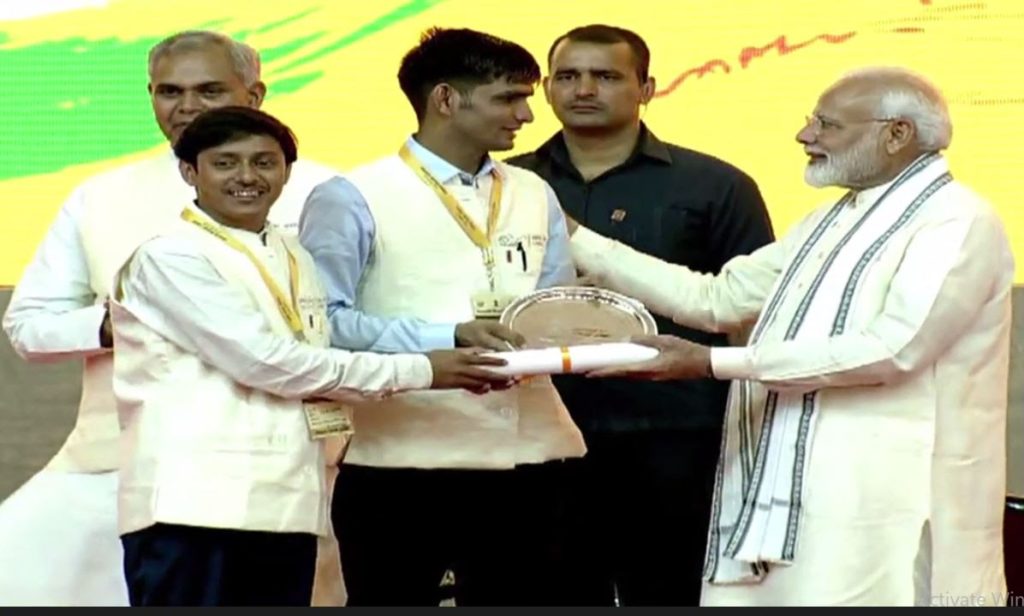





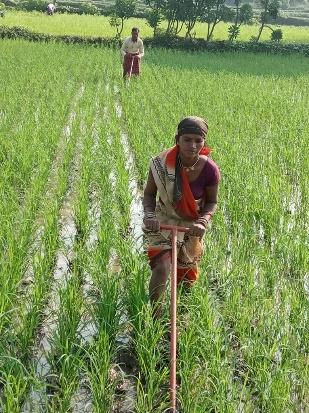

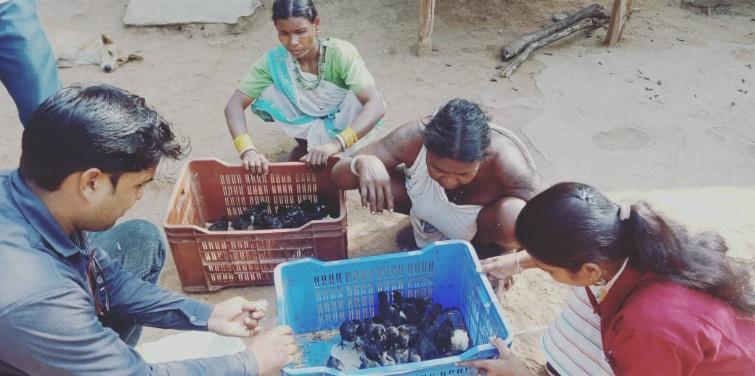
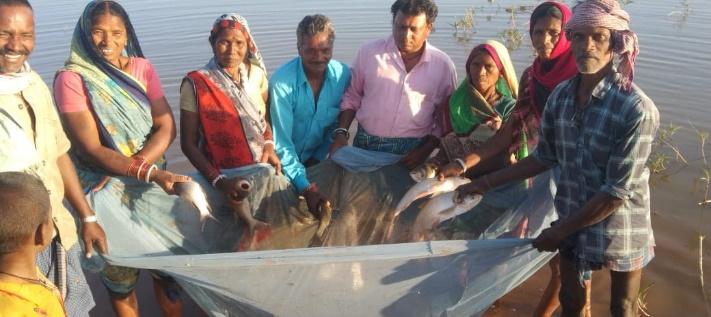
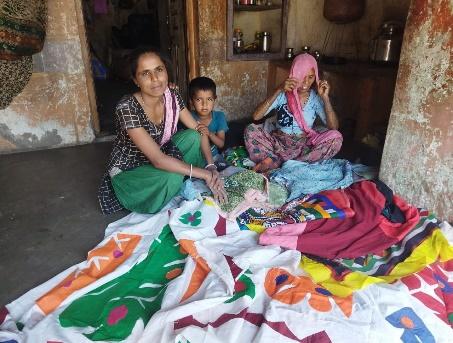 4. Women-led enterprises lead to many other changes in society.
4. Women-led enterprises lead to many other changes in society.